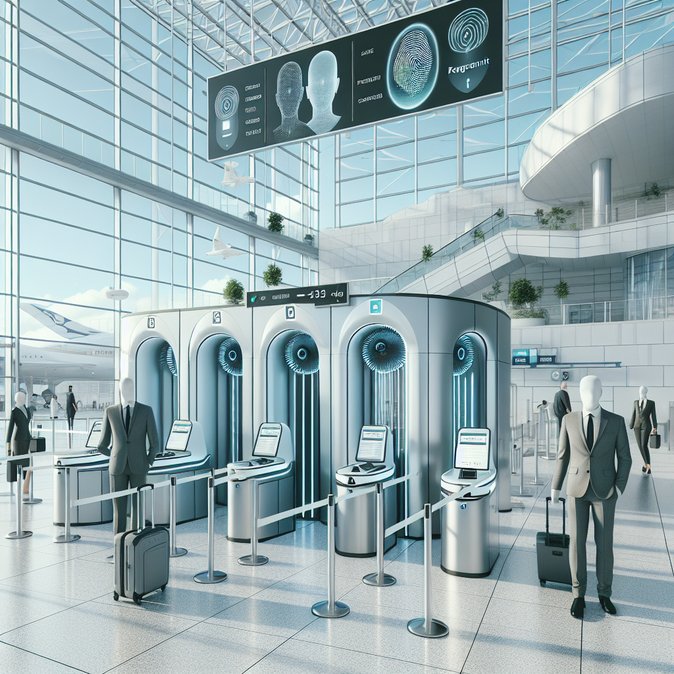
Early-morning data published today (11 a.m. CET, 10 November 2025) by flight-data platform FlightQueue show that immigration queues at Václav Havel Airport Prague have fallen to single-digit minutes and overall security lines average 29 minutes. The figures mark the first time since the EU Entry/Exit System (EES) went live on 12 October that Prague—one of only three Schengen hubs to activate 100 % biometric checks from day one—has recorded sub-half-hour processing times.
Background: The EES replaces manual passport stamping for all third-country travellers with fingerprint and facial-image collection. Prague’s Terminal 1 initially suffered 60- to 90-minute bottlenecks when dozens of self-service kiosks malfunctioned, forcing Foreign Police officers to capture biometrics at desks. Airlines warned of missed connections and urged passengers to arrive four hours early.
![Prague Airport Wait Times Drop Below 30 Minutes as EES Stabilises]()
What changed: According to airport IT contacts, a software patch issued over the weekend re-synced kiosk cameras with EU-LISA’s central database, while police added three mobile enrolment pods at the pier serving long-haul arrivals from Dubai, Seoul and New York. Today’s dashboard shows immigration waits of 9 minutes and security of 29 minutes. Queue-management staff report that “green-lane” e-gates for EU/EEA/CH citizens are again operating at 95 % uptime.
Implications for business travel: Corporations can cautiously revert to standard 2–2½-hour check-in rules for inter-Schengen flights and 3 hours for long-haul rather than the four-hour buffer advised last month. Mobility managers should, however, continue to brief assignees with non-EU passports on first-entry biometric capture and to budget extra time for families travelling with children under 12, who must still use manual lanes.
Practical tips: Travellers can monitor real-time waits on FlightQueue or the airport’s own feed and should complete kiosk registration before queuing for border officers. Frequent flyers may see further improvements once Prague Airport rolls out its planned “Trusted Traveller” pilot for APEC-Business-Travel-Card holders in December.
Background: The EES replaces manual passport stamping for all third-country travellers with fingerprint and facial-image collection. Prague’s Terminal 1 initially suffered 60- to 90-minute bottlenecks when dozens of self-service kiosks malfunctioned, forcing Foreign Police officers to capture biometrics at desks. Airlines warned of missed connections and urged passengers to arrive four hours early.

What changed: According to airport IT contacts, a software patch issued over the weekend re-synced kiosk cameras with EU-LISA’s central database, while police added three mobile enrolment pods at the pier serving long-haul arrivals from Dubai, Seoul and New York. Today’s dashboard shows immigration waits of 9 minutes and security of 29 minutes. Queue-management staff report that “green-lane” e-gates for EU/EEA/CH citizens are again operating at 95 % uptime.
Implications for business travel: Corporations can cautiously revert to standard 2–2½-hour check-in rules for inter-Schengen flights and 3 hours for long-haul rather than the four-hour buffer advised last month. Mobility managers should, however, continue to brief assignees with non-EU passports on first-entry biometric capture and to budget extra time for families travelling with children under 12, who must still use manual lanes.
Practical tips: Travellers can monitor real-time waits on FlightQueue or the airport’s own feed and should complete kiosk registration before queuing for border officers. Frequent flyers may see further improvements once Prague Airport rolls out its planned “Trusted Traveller” pilot for APEC-Business-Travel-Card holders in December.










